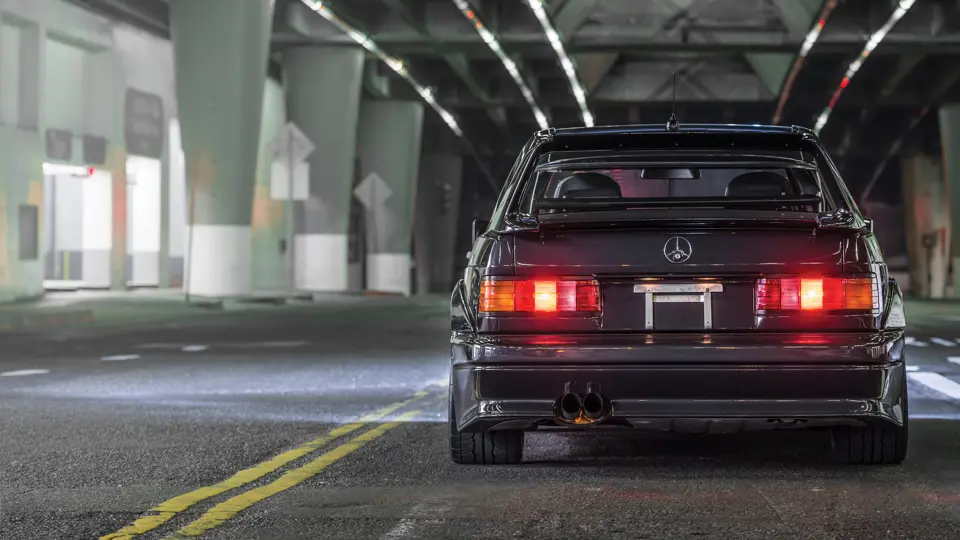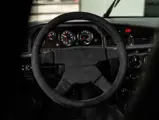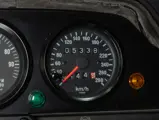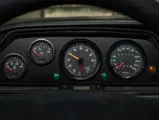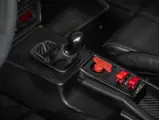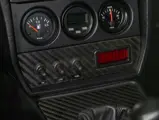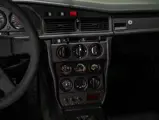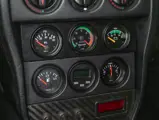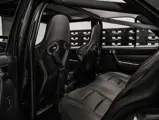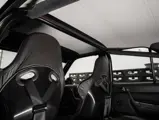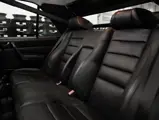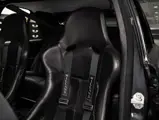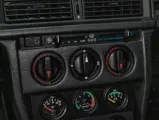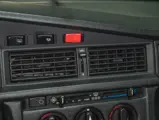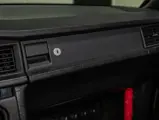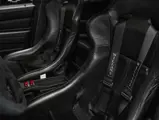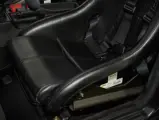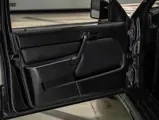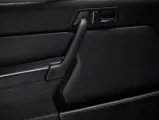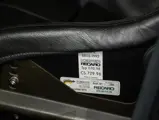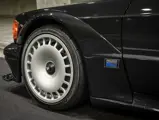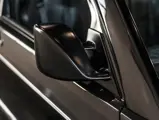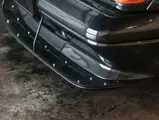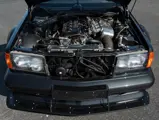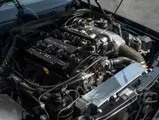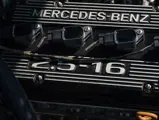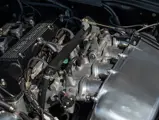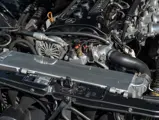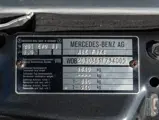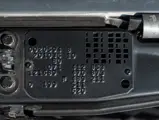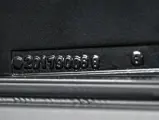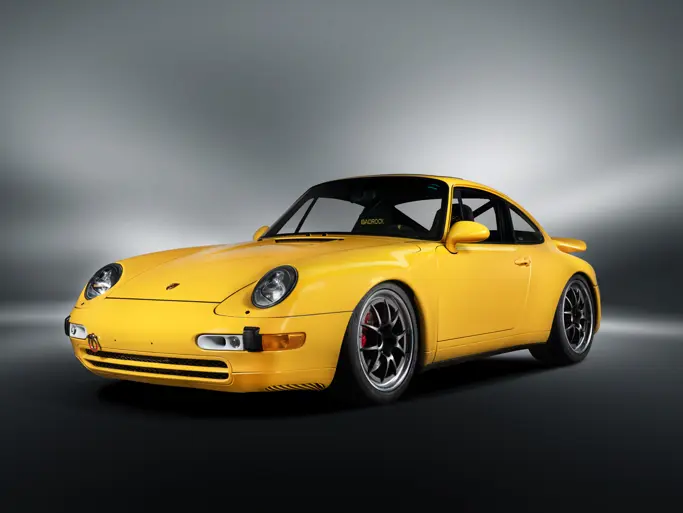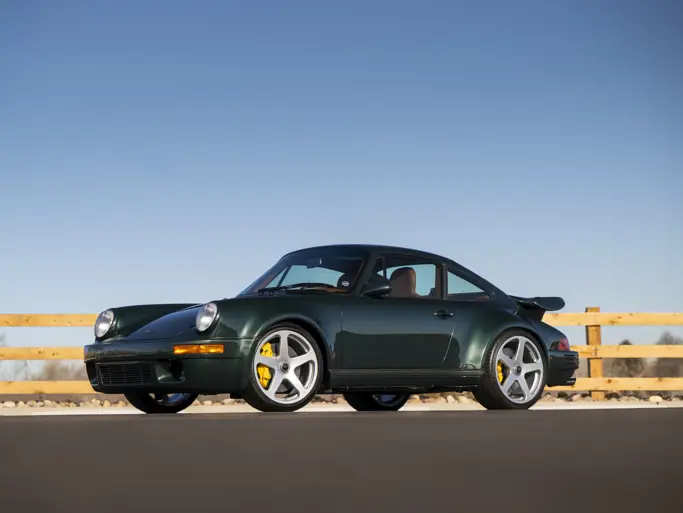
1990 Mercedes-Benz 190 E 2.5-16 Evolution II
{{lr.item.text}}
$544,000 USD | Sold
{{bidding.lot.reserveStatusFormatted}}
- An exceptional example of the road-going version of the famous two-time DTM championship-winning racecar
- Currently indicates just 5,338 kilometers (3,317 miles) from new; collector-owned for decades and never raced
- The perfect choice for purists and DTM devotees, superseding the stock Evolution II with track-focused upgrades that hew closely to those of the works-backed, championship-winning competition version
- Fully prepared to use and enjoy at the peak of its performance and one of the few now in North America
THE RACING EVOLUTION II
Mercedes-Benz and Cosworth Engineering’s jointly developed 190 E 2.3-16V sports saloon received its initial Group N homologation status in March 1984. Additional homologation variants—titled the “Evolution”—were aimed at the German Touring Car Championship (DTM) and further developed into two series released in 1986 and 1990, respectively.
The DTM was initially contested by privately entered Mercedes-Benz 190 E 2.3-16s in 1986.I It was not until 1988 that the Three-Pointed Star made its factory debut in the competition, via the not-so-clandestine support of its long-time technical partner, AMG. Incumbent champion, Klaus Ludwig, was poached from arch-rival Ford to spearhead AMG-Mercedes’ 1989 campaign, yet the next three seasons using the Evolution I 2.5-16 were characterised by relative underachievement.
Continued development of the 190 E Cosworth model through the late 1980s resulted in the wild-looking Evolution II of 1990, which benefits from further fettling by Sport+Technik, the Le Mans-winning collaboration between Mercedes-Benz’s sports department and AMG.
In standard trim, the Evolution II offered an impressive 235 horsepower from its tuned 2.5-liter engine, mounted on the beefed-up chassis, further improved with Brembo four-piston brake calipers, and bodywork dressed with an aggressive aero kit, including a towering rear spoiler, imposing fender flares, and a front splitter. The Evolution II’s aero kit proved so outrageous (and effective) that other DTM teams vehemently protested it, to no avail, and BMW’s head of research, Wolfgang Reitzle, reportedly claimed that “the laws of aerodynamics must be different between Munich and Stuttgart; if that rear wing works, we'll have to redesign our wind tunnel."
In sum, the Evolution II looked like something that could beat all comers, and it surely did.
For the 1992 DTM season, AMG-Mercedes recruited future DTM legend Bernd Schneider to join Ludwig, Keke Rosberg, and Ellen Lohr at AMG’s four-car “super team.” The spectacular Evolution II and Rosberg took AMG’s first win at Wunstorf in early May. It was a result that the team repeated on a further 10 occasions that year. In total, Mercedes-Benz won 16 of the 24 Championship rounds. By contrast, BMW claimed only seven and Audi just one. Ludwig emerged a worthy champion ahead of Zakspeed’s Kurt Thiim and his own teammate Schneider; the latter pair separated by a single point at the season’s end. The Evolution II of AMG-Mercedes would go on to reclaim the manufacturer’s championship once more, and it remains one of the most famous German touring cars of its era, with good reason.
Just 502 roadgoing 190 E 2.5 16 Evolution IIs were produced for homologation, and this German-market example has been tastefully upgraded with a complementary suite of period-correct DTM competition upgrades as seen on the championship-winning AMG-Mercedes race cars. The car’s 2.5-liter engine has been bumped far above stock by way of a full racing exhaust system, intake manifold, custom header tank, individual throttle bodies, larger injectors, lightweight aluminum pulley, and Motec engine management system.
The cabin has been similarly improved with the addition of an integrated roll cage, AMG M38 steering wheel, DTM-style gauge display, and Recaro bucket seats with Willans racing belts. A professional fuel cell system dominates the trunk, while the chassis’ underpinnings have been upgraded with additional bracing, larger suspension links, Brembo monobloc brakes, and DTM-specification, center-lock OZ wheels.
With HWA AG—the company that helped to develop and construct the original 190 E 2.5-16 Evolution II and its racing equivalents—recently announcing that it is launching an elite restomod program to create fully bespoke versions of the 190 E Evo, this stellar example becomes all the more appealing with its track-focused, period upgrades that hew closely to those of the original competition cars. Furthermore, having only 5,338 kilometers (3,317 miles) from new, it is an exceptional example, likely among the lowest-mileage of its type in the world and certainly among the finest offered by RM Sotheby’s. Fully prepared to use and enjoy at the peak of its performance and, significantly, one of the few now in North America, this is a serious machine—a DTM competitor, homologated for the street but still with all the performance that the likes of Klaus Ludwig would fully appreciate.
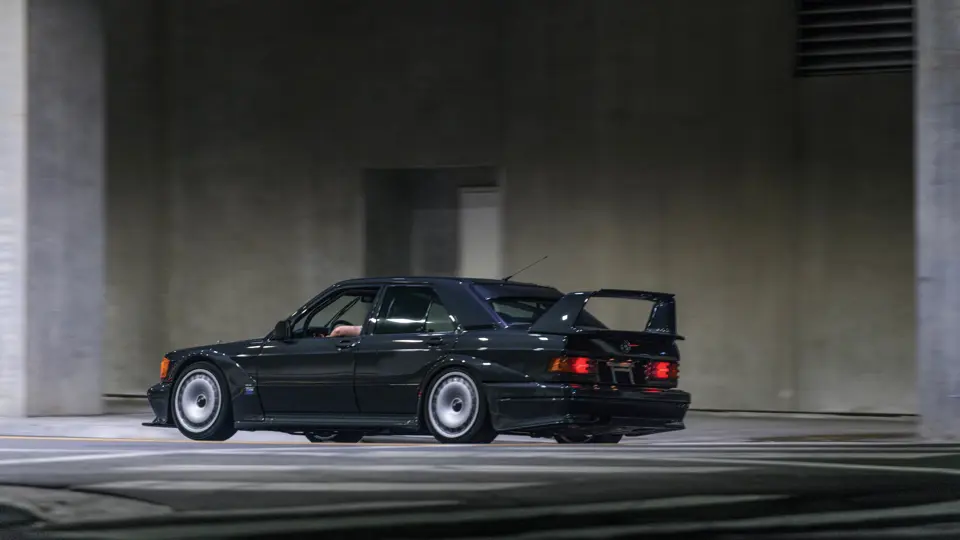

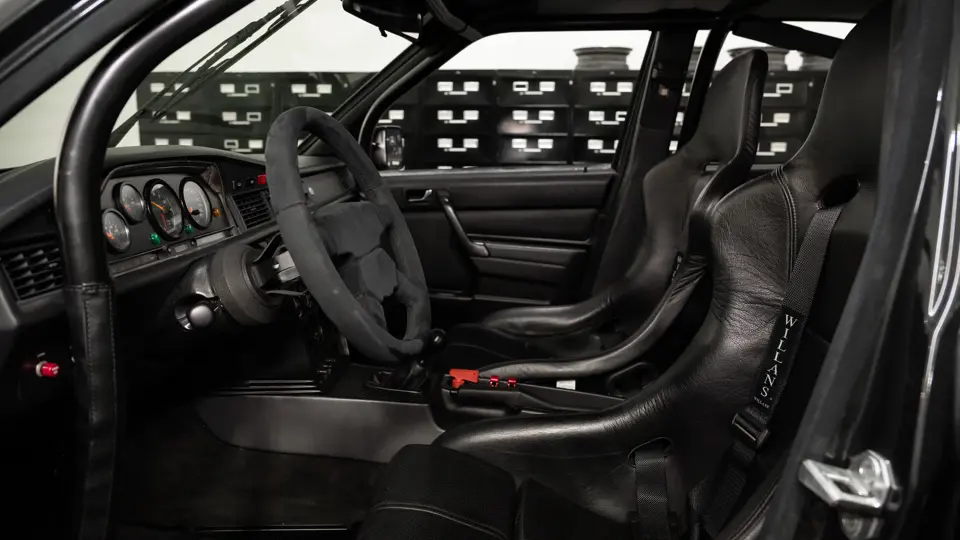

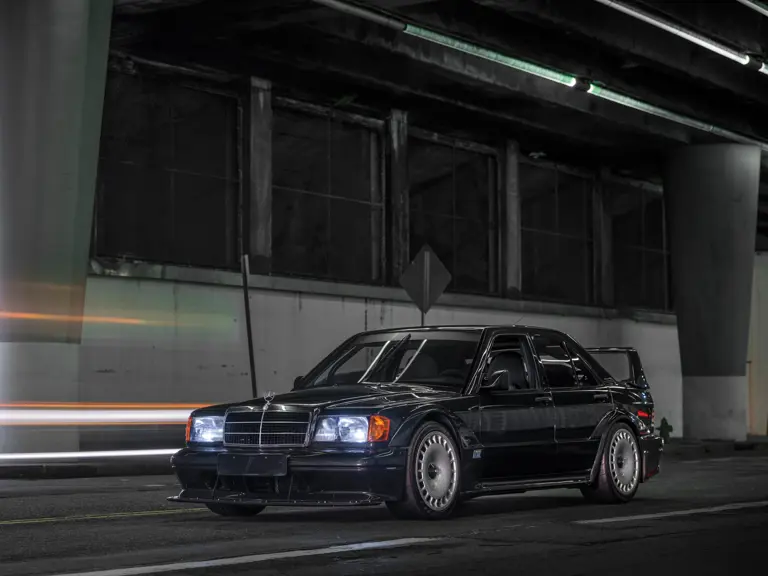
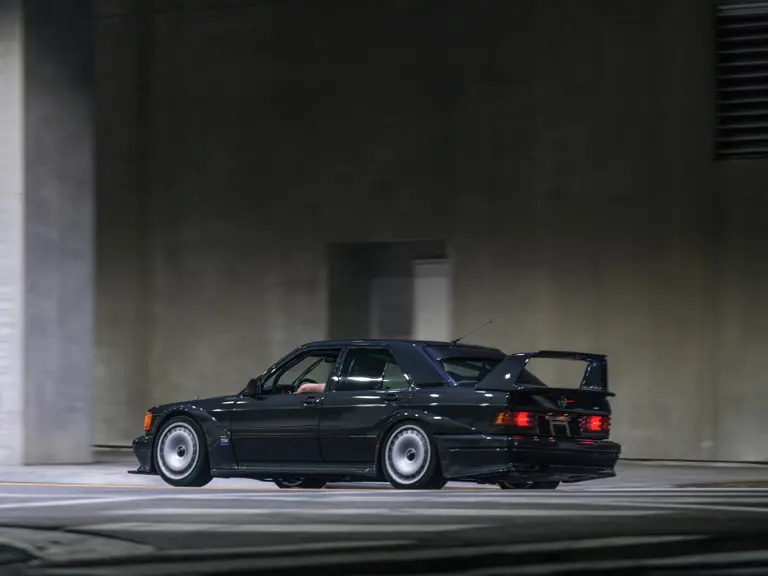

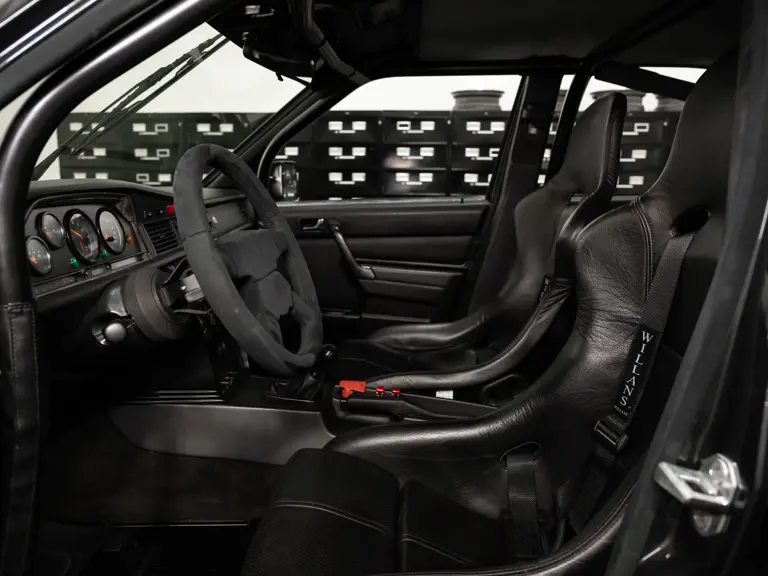
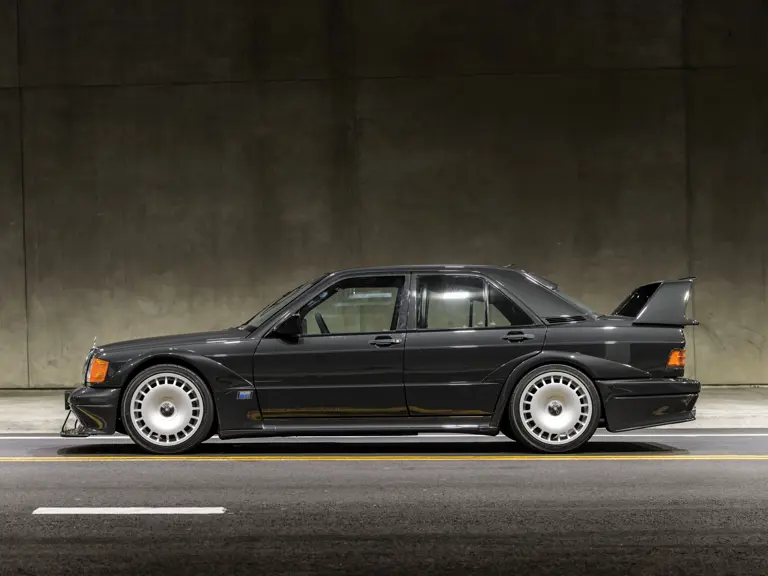
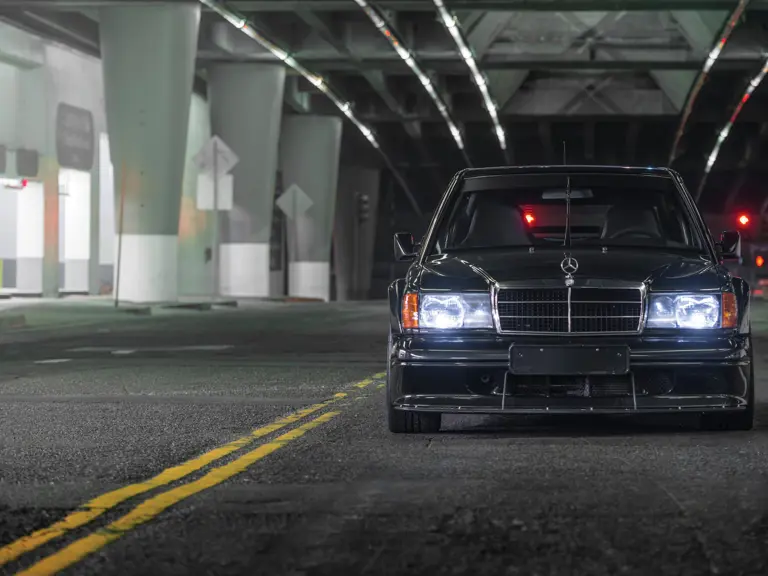
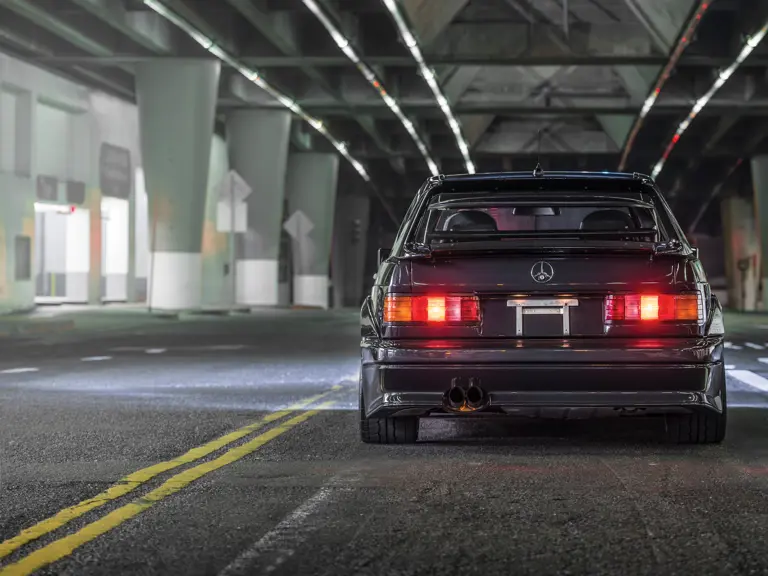
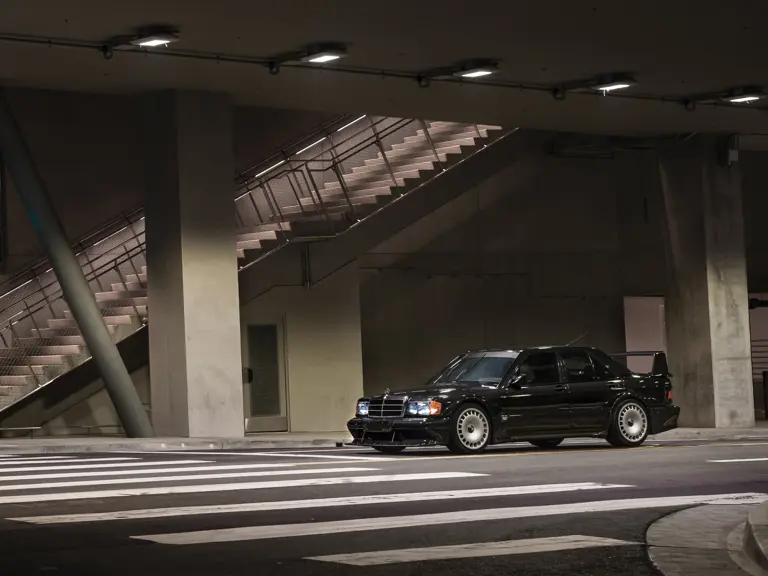
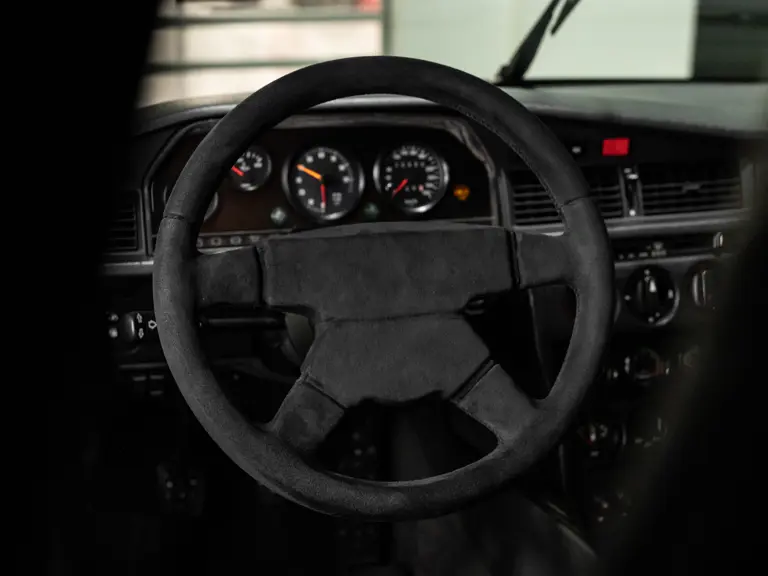
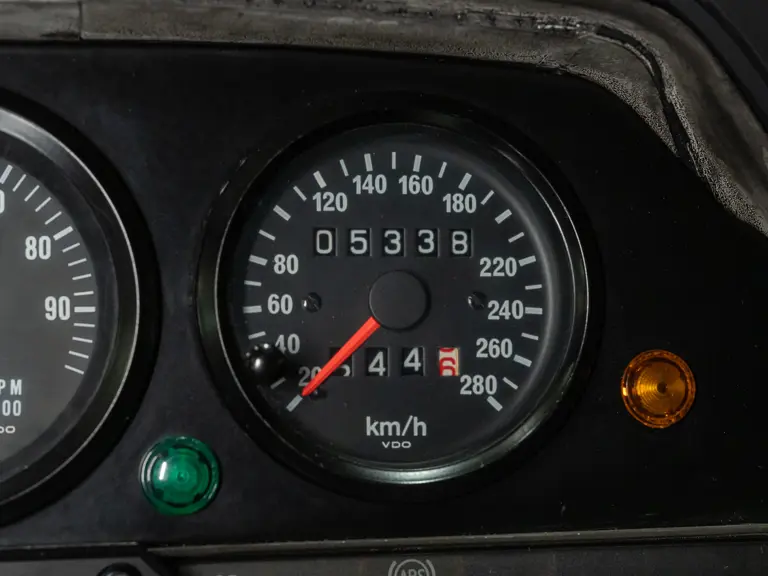
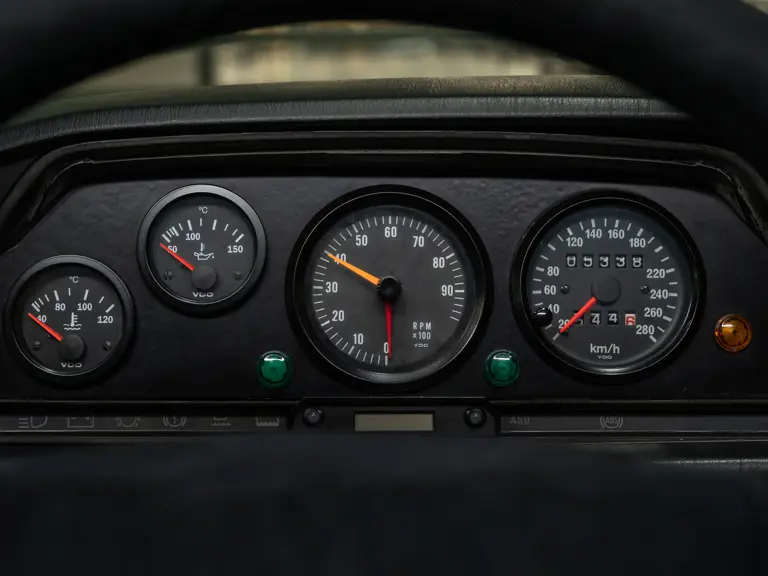

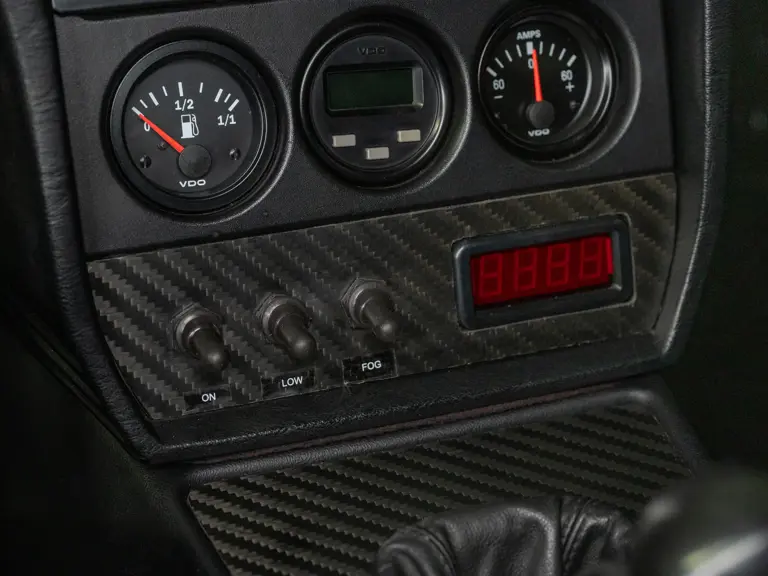
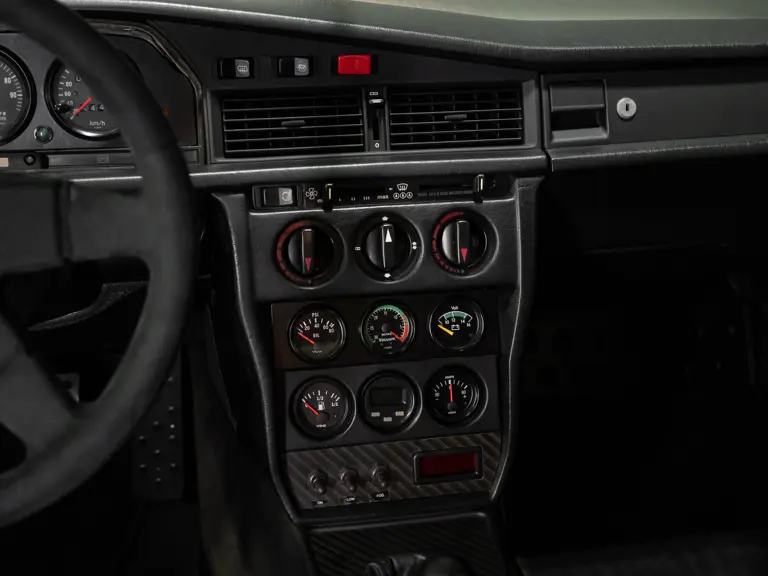
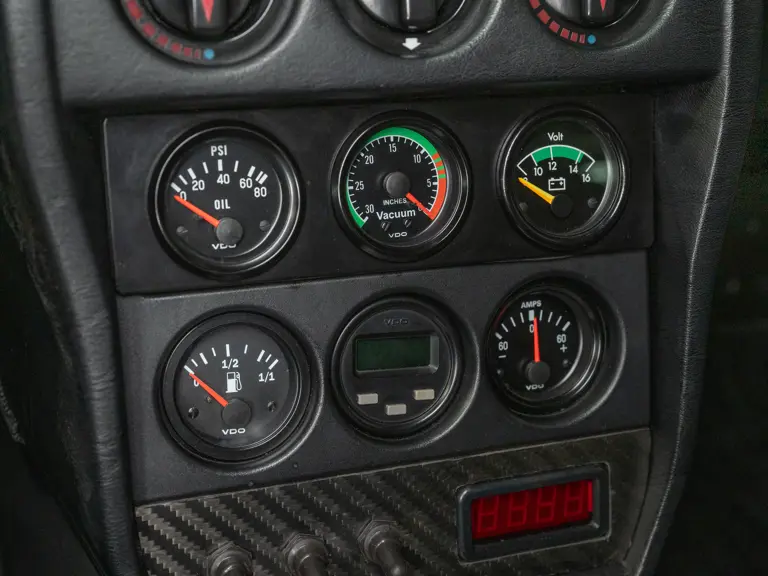
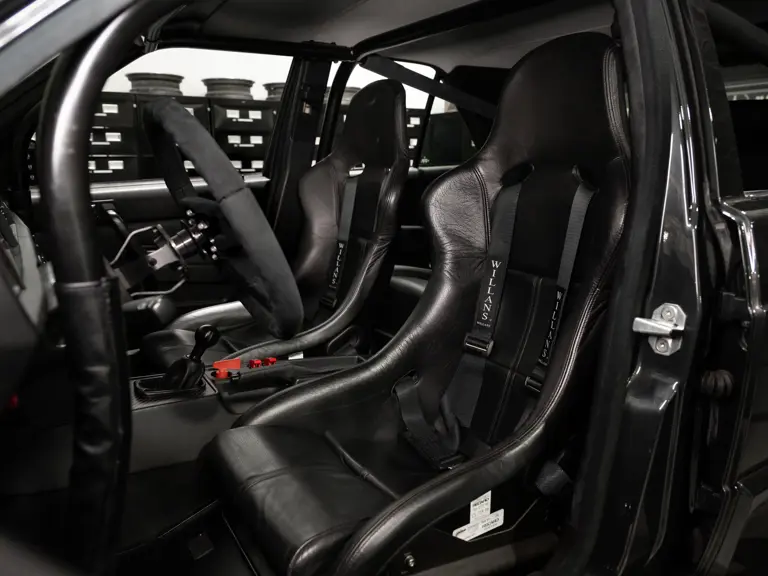
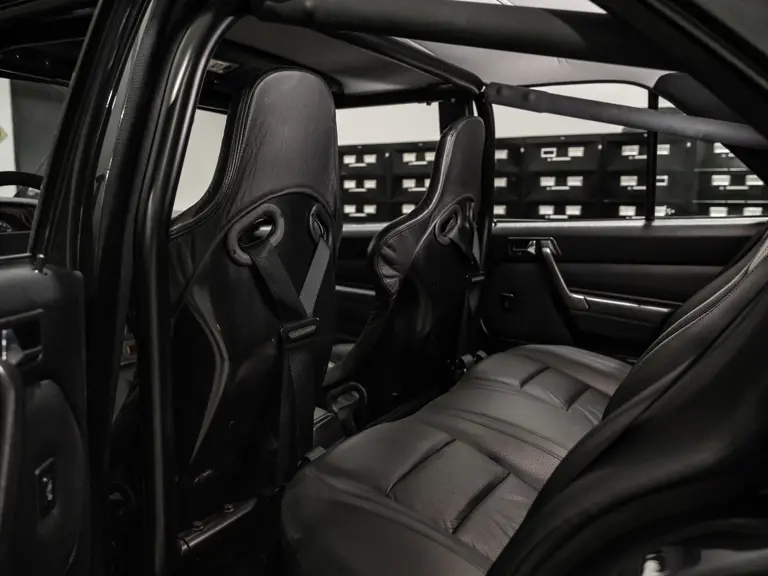
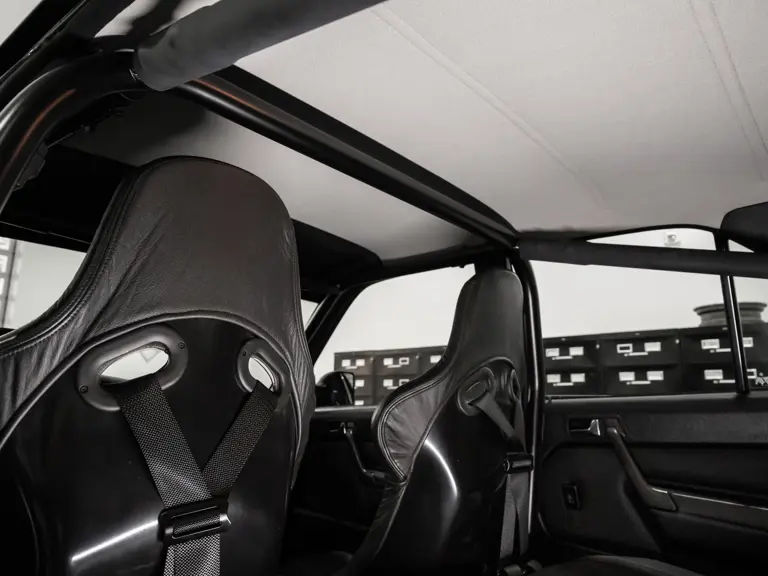
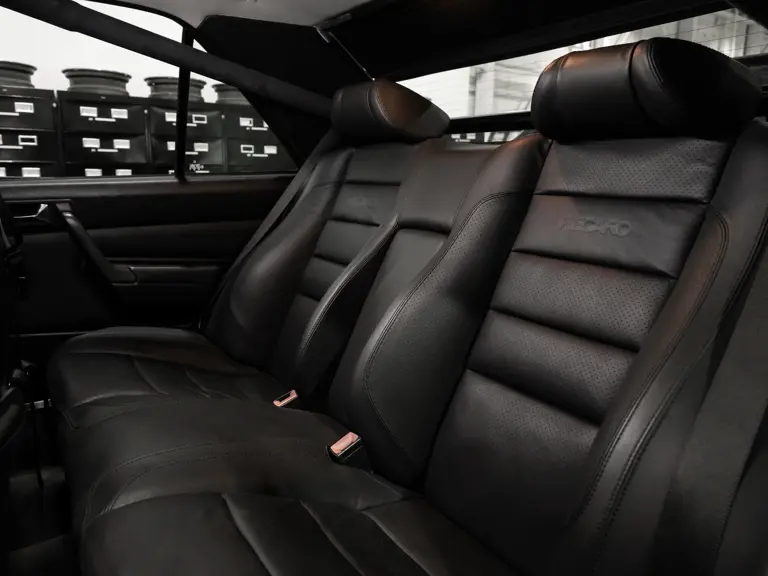
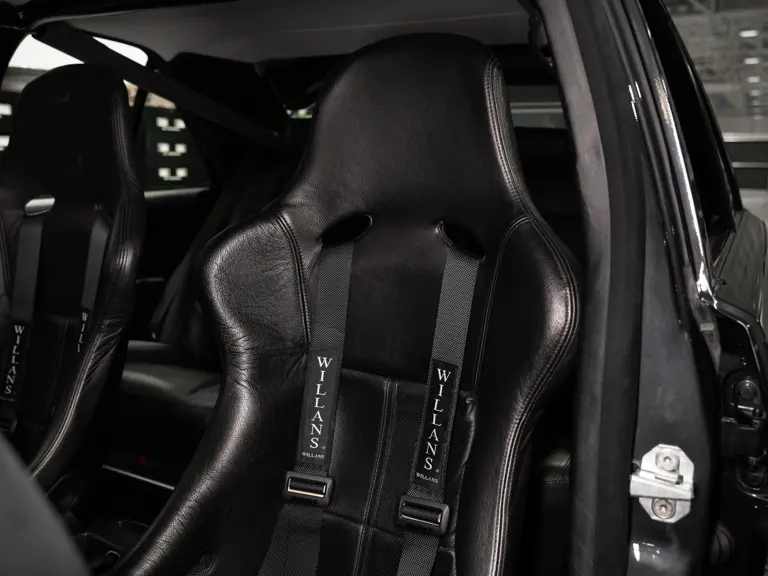

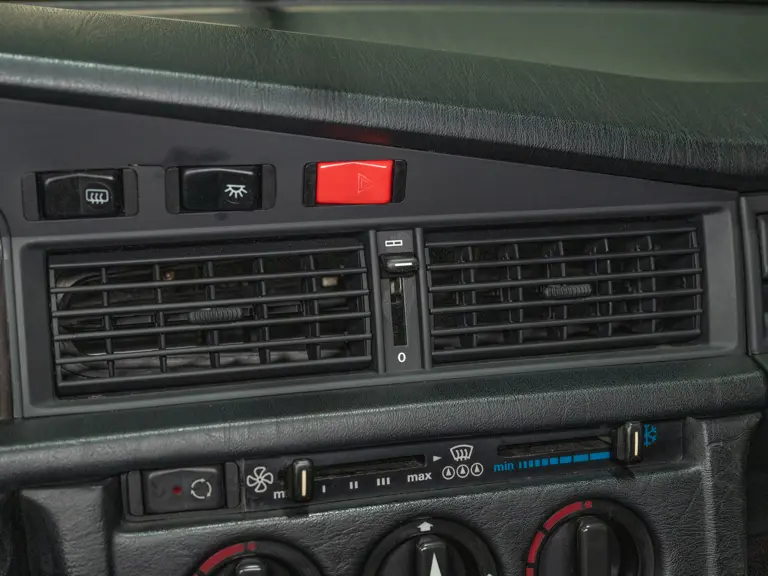
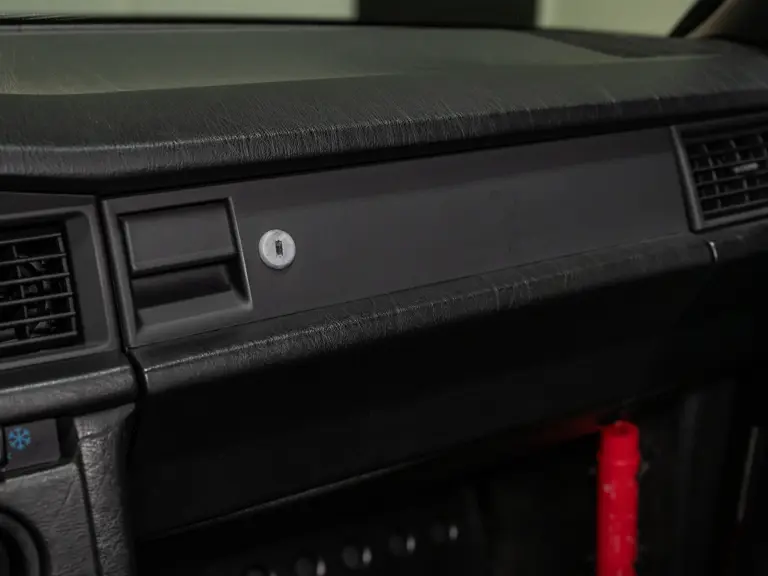

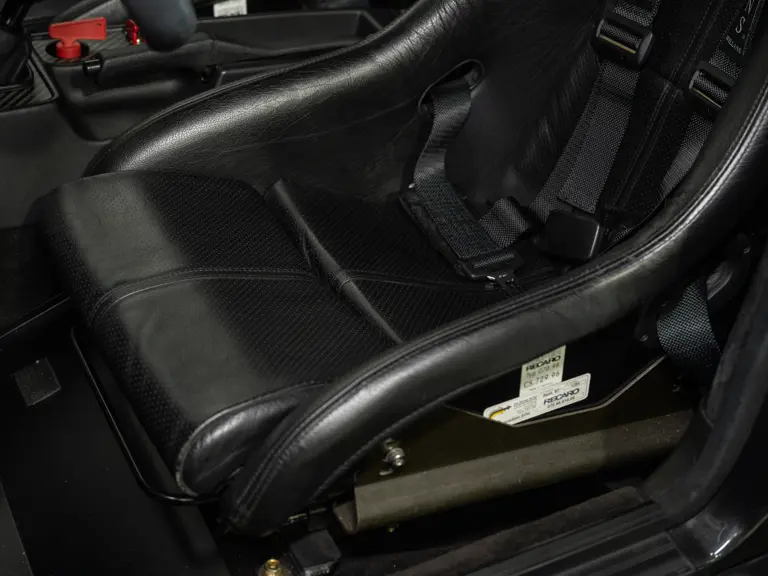

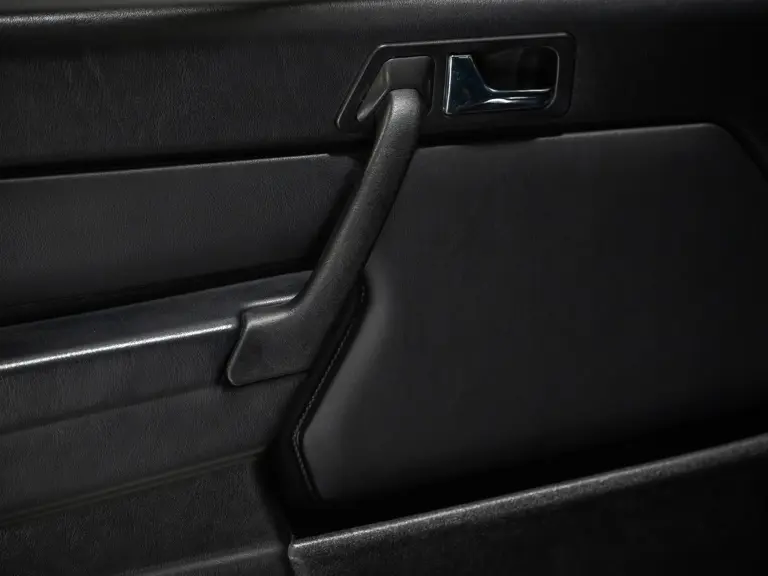
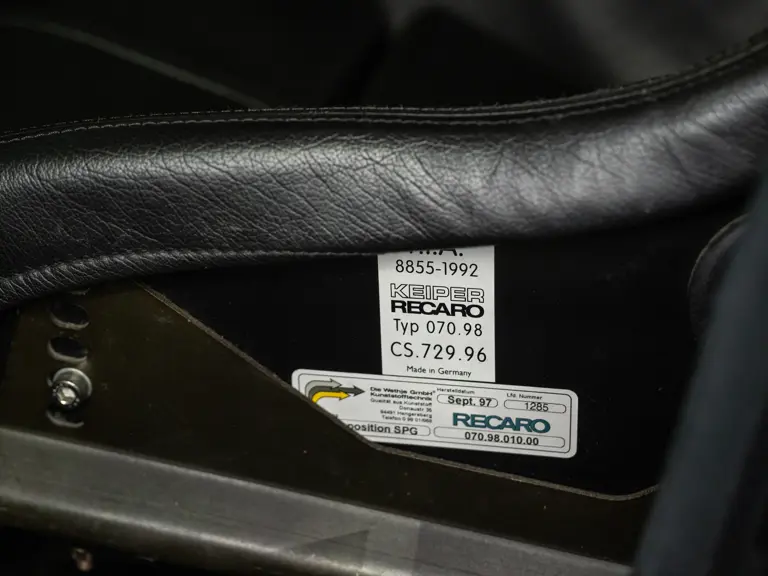

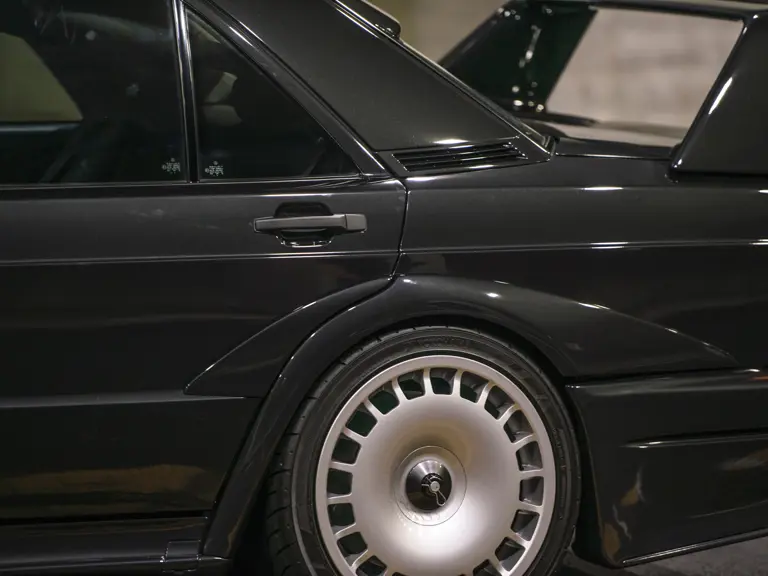
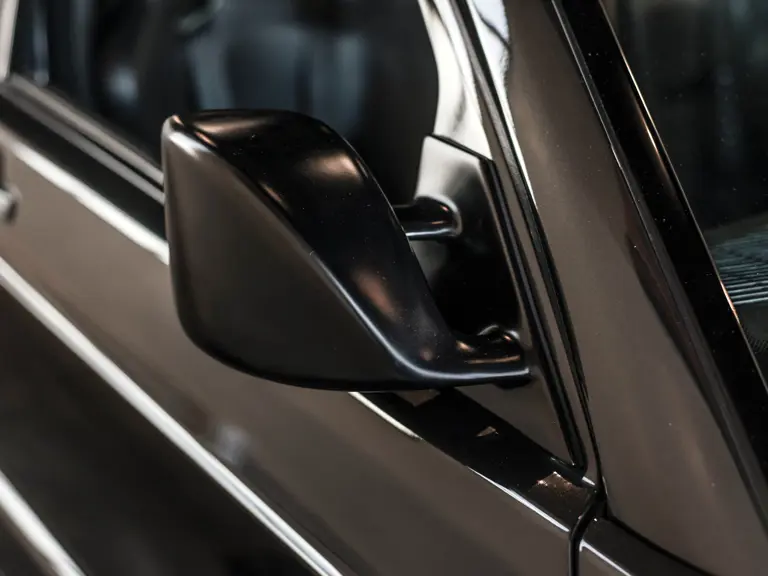

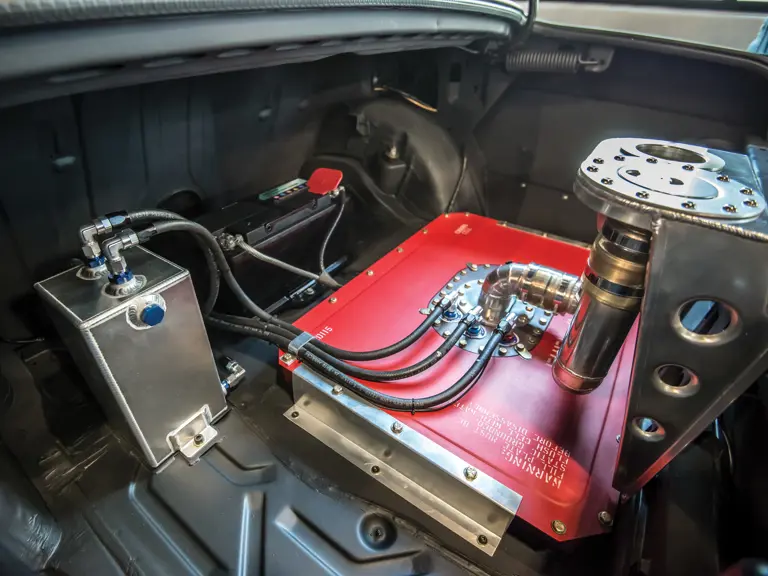
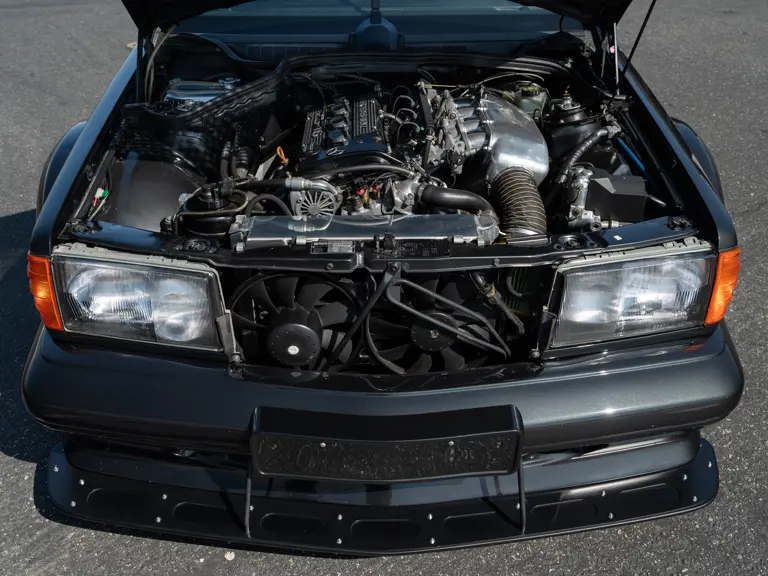
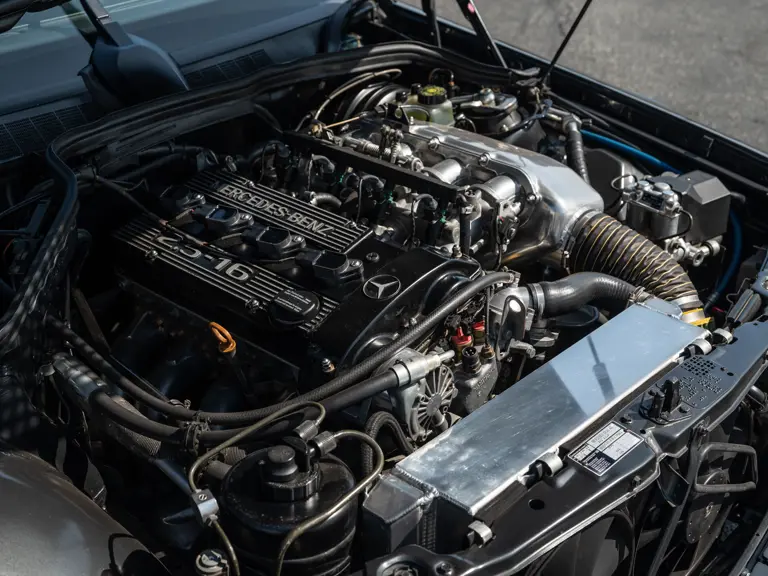
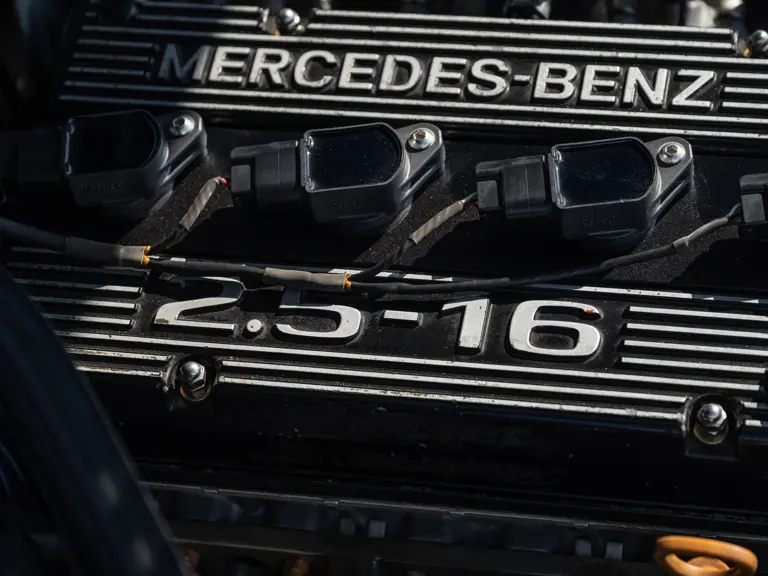
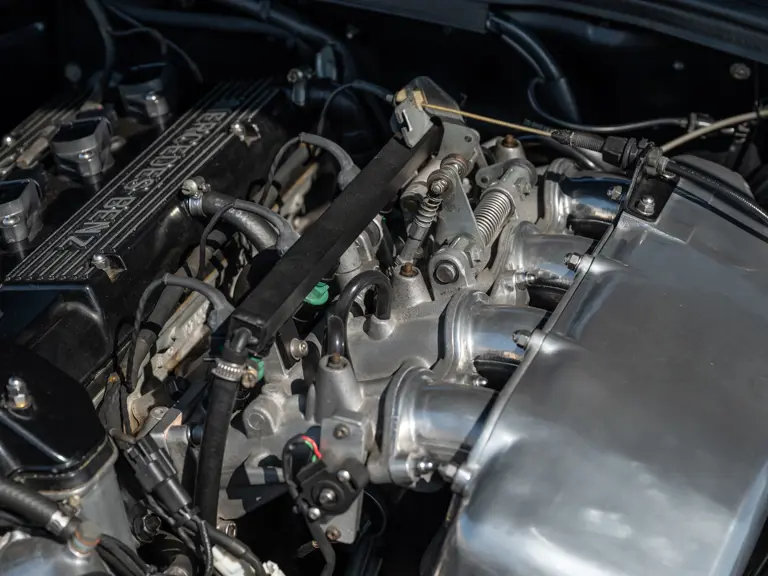


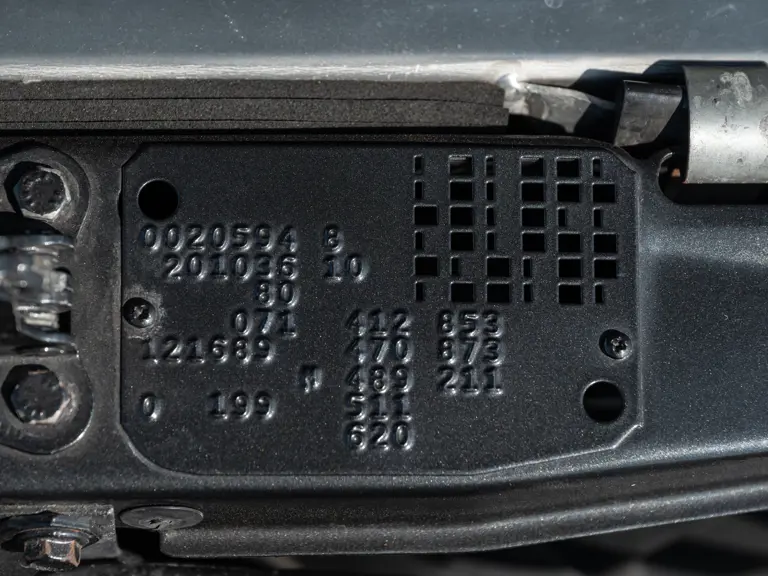
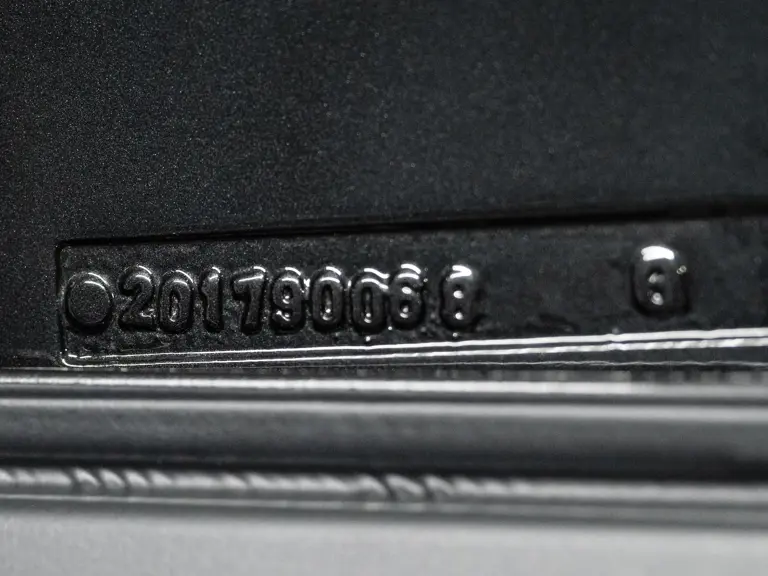
 | Las Vegas, Nevada
| Las Vegas, Nevada


